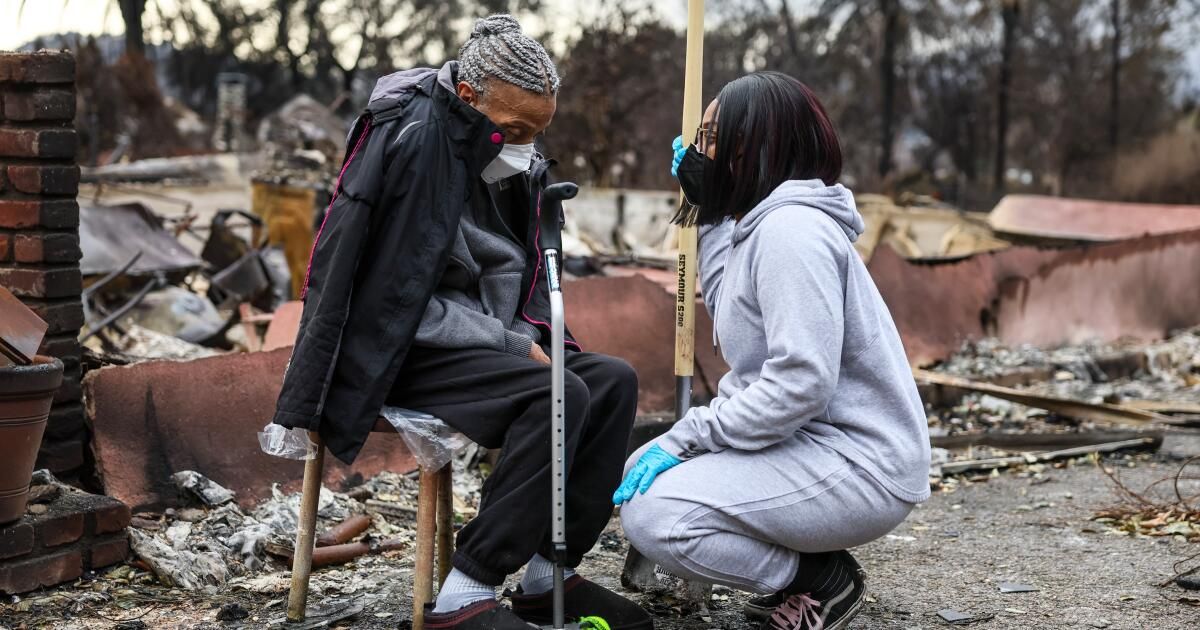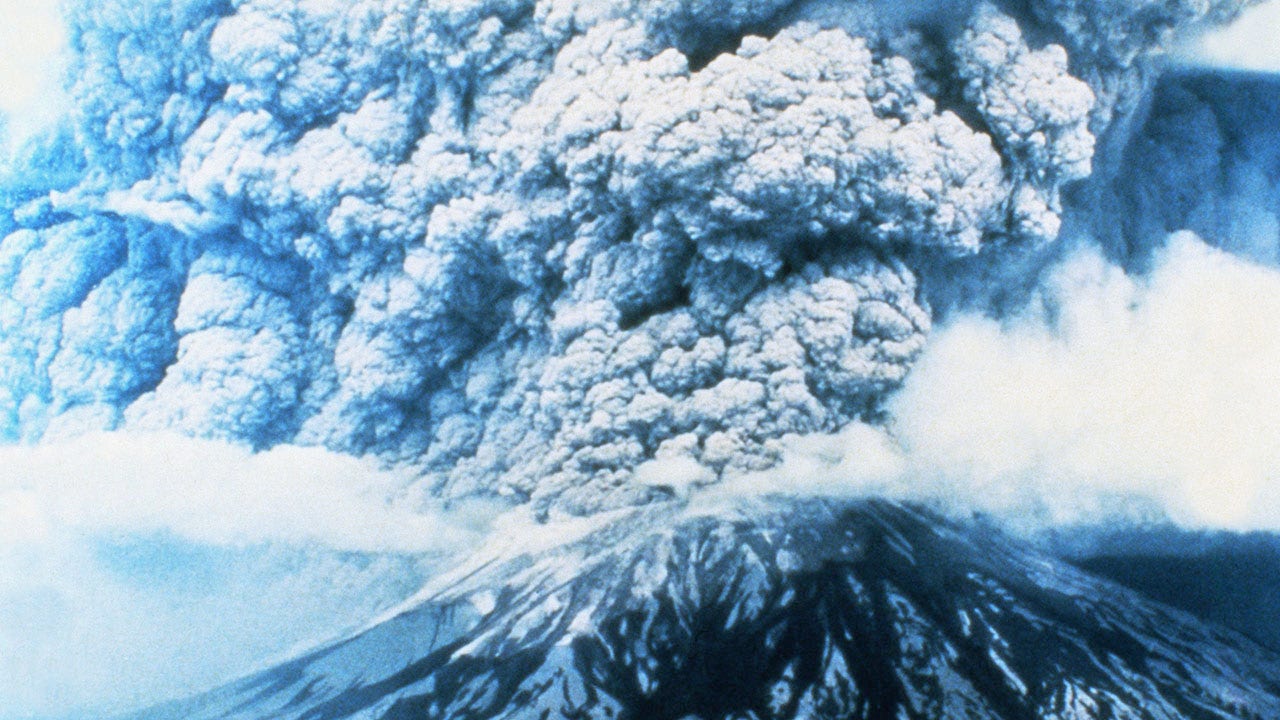The devastating fire storm that rained embers and terror throughout Los Angeles County has officially reached its end, and fire teams reach 100% containment in Palisades and Eaton fires on Friday night.
But a long road to recovery is coming, with thousands of angels were left without households, and the entire neighborhoods were flattened.
Estimates of total economic loss are more than $ 250 billion, which would make fires one of the most expensive natural disasters in the history of the United States. More than 124,000 people have registered to receive assistance from the Federal Emergency Management Agency, according to the office of the mayor of Los Angeles, Karen Bass.
Both fires lit on January 7 and quickly exploited in size, fueled by the fierce bursts of Santa Ana wind and the critically low moisture rates that led to the National Meteorological Service to issue their most severe fire climate warning.
The Palisades fire went to Char 23,448 acres in the Pacific Palisades, Topanga and Malibu area, according to the California Forest and Fundamental Protection Department. More than 6,800 structures were destroyed, including many iconic residences and businesses along the road and houses of the Pacific coast in the hills above. At least 12 people were killed.
The Fire Eaton broke a path of destruction through 14,021 acres in and around Altadena and Pasadena, dragging more than 9,400 structures and claiming 17 lives. He took a great cost in the historically black community of Altadena, where many color families had used their homes to accumulate generational wealth.
Although the fires have been contained, huge piles of debris remain, as well as the challenge of repopulating neighborhoods with paralyzed infrastructure and plagued by hazardous waste.
The United States Environmental Protection Agency has announced an ambitious 30 -day timeline to eliminate hazardous waste by establishing temporary debris processing sites near Topanga Canyon and Irwindale. Both sites have generated a fierce resistance of local residents concerned with potential impacts on human and environmental health.
On Friday afternoon, Bass announced the planned reopening of Pacific Palisades to the general public, which has also bothered residents, who are concerned about toxic debris, looters and lookie-loos.
Although the firefighters season has not yet reached an official end, a rain storm is expected to help closer to the county levels necessary to do so.
While the fires of Palisades and Eaton were the most devastating fires to light during the severe fire climate of January, they were far from being alone. Lidia, Archer, Woodley, Sunset, Kenneth, Hurst and Auto Fires collectively burned almost 2,400 acres; All are also 100% content. The Hughes fire was lit near Lake Castaic on January 22 and rapidly grew to more than 10,000 acres before the crews could reach 100% containment.
To fight the fire storm, regional firefighters were assisted by a large amount of help from fire departments throughout the country, as well as in Mexico and Canada.
Research on the causes of the two largest fires are ongoing.
In the case of the Eaton fire, officials are examining an Edison electric transmission tower in southern California, where the videos showed what appeared to be a fire that comes on. For the Palisades fire, the researchers are focusing their efforts on a popular hiking route where they believe that an old fire or a new fire was revived caused on January 7.












